After a long and busy day, detangling your frizzy hair is the last thing that you want to do. This is where protective hairstyles can help you out. Now, a question may arise – what is the healthiest protective hairstyle? Keep reading to find out!
Depending on your hair type and texture – the protective hairstyles may also vary. It’s important to pick a style that’s gentle on your hair roots and strands. Some of the healthiest and safest protective hairstyles include box braids, Bantu knots, crochet braids, etc. These styles are easy to install and promote healthy hair!
Protective styles can be a bit tricky to handle if you’re not aware of the general rules, benefits, and purpose of it.
Is Wearing Protective Hairstyles Worth It
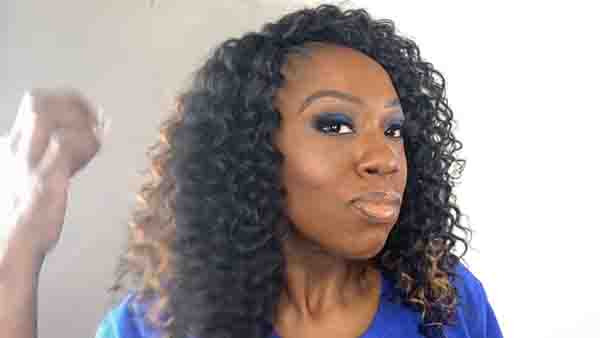
Washing and maintaining natural hair daily may be difficult for you when you have a busy work life. Besides, factors like – harsh weather, water, and sweat can also damage your beautiful curls.
If you want a hairdo that can prevent hair breakage and also add elegance to your look, protective hairstyles are for you!
Since protective styles reduce tension on the scalp, your hairline and roots are healthier. Besides, your hair strands won’t be tangling and tearing frequently. Wearing a protective hairstyle is worth giving a try if you know how to maintain it.
What Do Healthy Protective Styles Mean
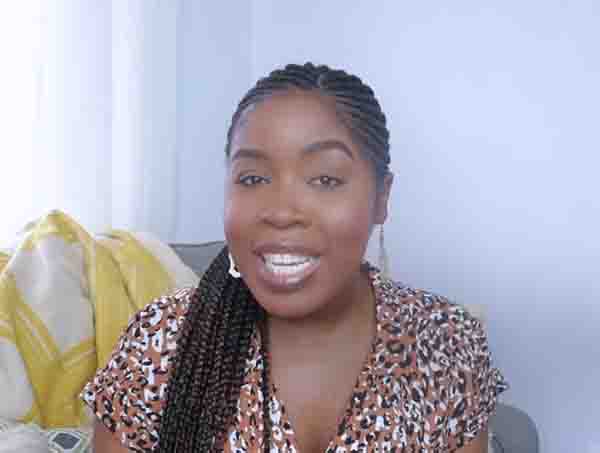
Protective hairstyles are known to keep your hair safe from extreme weather, excessive breakage, and damage. However, some of these styles can be rough on your scalp and cause hair loss if you wear them for too long. It’s important to pick a style that is low-tension and lightweight.
A protective hairstyle minimizes stress or pressure on your hair by tucking the strands away – giving it a neat and sophisticated look. Healthy protective hairstyles fit both the criteria but also support hair growth.
Why Should I Wear Protective Hairstyles – The Truth
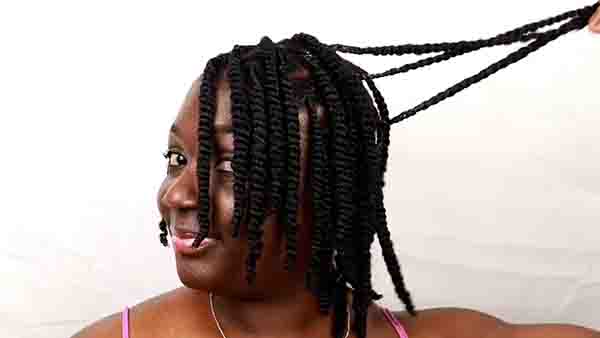
Natural hair is quite versatile and flexible but also prone to damage. A protective hairstyle can prevent hair breakage, maintain moisture and hydration, and ensure healthy hair growth.
If you successfully pick the healthiest protective hairstyle – you can even achieve longer hair faster than before!
a. Do Protective Styles Really Make Your Hair Grow Longer
Protective hairstyles can’t make your hair grow longer magically or overnight. Your DNA determines how fast your hair grows and no products, styles, or treatments can change that.
However, protective hairstyles can help to retain hair length and moisture. They can also reduce hair loss to a great extent – as you don’t have to comb or wash your hair every day.
So, even though protective styles can’t directly make your hair grow longer, they can promote hair growth by keeping it healthy!
b. Can Protective Hairstyles Help With Breakage
Your hair may be damaged because of various reasons, such as – extreme weather, excessive combing, harsh hairstyles, etc. Protective hairstyles can play a significant role in keeping your hair healthy by preventing breakage.
Harsh weather can greatly harm your natural hair – be it the warm summer or cold winter. Humidity, heavy rain, harsh temperature, and dust can weaken your hair. In protective styles, your hair is gently tucked away in braids or knots – so it’s less prone to damage due to the natural elements.
One of the reasons behind hair loss is too much combing or detangling. If you wash or comb your hair regularly, the friction may make your hair frizzy and tangled. Since protective hairstyles don’t require daily maintenance or installation – your hair has fewer chances of breaking.
A healthy protective hairstyle will keep your hair protected, and well-nourished, and help you look gorgeous on any occasion!
What is the Purpose of Protective Hairstyles
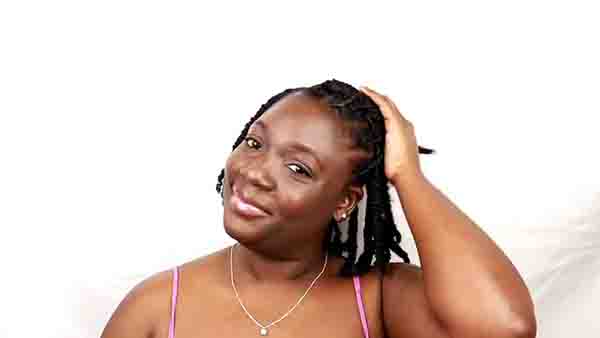
We all know that protective hairstyles are meant to keep your hair secure and healthy but can they cause more harm than good?
If you’re experiencing too much tension at your hairline and roots or your strands have started becoming frizzy – it’s time to go for maintenance!
Protective styles can be rough on your hair too sometimes. If you wear a tight hairstyle for too long, it can put too much pressure on the roots. The excessive pressure can create inflammation and finally, harm the hair follicles. Eventually, tight protective styles can also lead to traction alopecia.
Make sure to pay attention to the signs such as – harsh pulling at the scalp, frizzy hair strands, and split ends. If you notice hair loss around your extensions, don’t be too late to remove them!
General Rules to Follow When It Comes to Protective Styling
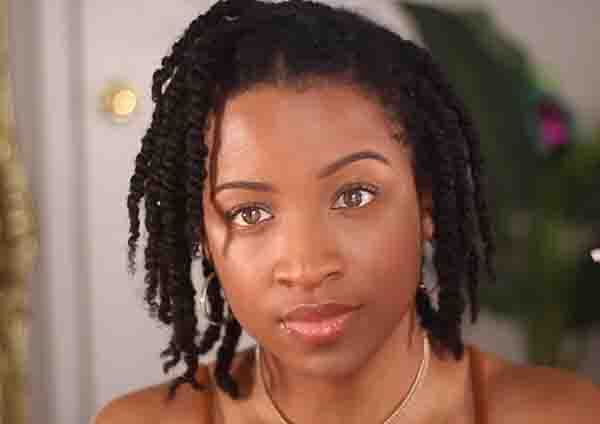
You don’t need to wash your hair frequently if you have protective styling on. It’s recommended to wash the braids once a week, depending on the styling and the state of your hair.
Although protective hairstyles require less maintenance than regular hairstyles, you should still invest in maintaining them.
a. How Long Can You Have Protective Hairstyles On
If you wash, condition, and maintain properly – protective styles like box braids can stay fresh for up to 4-6 weeks. However, you shouldn’t have protective braids on for more than 4 weeks at a stretch.
Make sure to look out for grease and dirt buildup in your braids. It’s usually recommended to wash your braids once a week if your hair is too prone to dirt. You can use clarifying shampoo to deeply cleanse your hair if it gets too greasy.
The timeframe for protective styling also depends on the style, hair type or texture, and maintenance.
b. Why You Shouldn’t Neglect Your Hair in Protective Styling
Protective hairstyles are low-maintenance but they still need to be looked after from time to time. To keep your hair healthy, you should oil the scalp when it gets too dry. You can also spray the strands with leave-in conditioners to keep them shiny and moisturized.
Your hair needs moisturization and hydration – even when you have braids on. Oiling your scalp once a while can do wonders to your hair. Make sure to look after your hair because protective hairstyles can be damaging sometimes!
For extra care, you can get a strong protein treatment or deep conditioning before installing your protective hairstyle!
What is the Safest Protective Hairstyle
The first step to caring for your hair is knowing its type and texture. You should also know how much stress or tension your roots can handle. Low-tension and lightweight hairstyles like Bantu knots, flat twists, and crochet braids are gentle on your scalp and good for your hair!
1. Box Braids
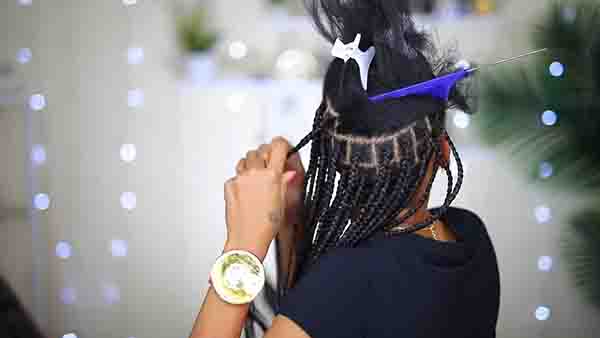
Box braids are among the most well-known protective hairstyles that you’ve definitely heard of. The hair is divided into square sections, then braided to create this style. They’re usually installed using extensions.
You can wear these braids in many lengths and sizes. To keep your braids moisturized and hydrated, use a hair-strengthening oil. Knotless box braids – a variation of this style that puts less pressure on the scalp – which you can try out!
2. Crochet Braids
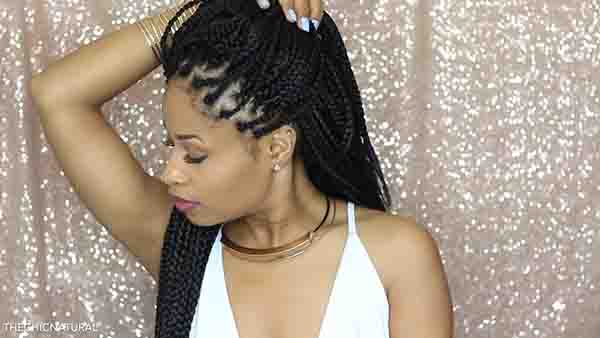
Latch hook braids, sometimes referred to as crochet braids, are a unique style of braiding that builds on already cornrowed hair with added extensions using a crochet needle.
Crochet Braids are one of the easiest protective hairstyles to maintain and install. You can wear them in various styles – faux locs, Senegalese twists, straight crochet braids, and more!
3. Bantu Knots
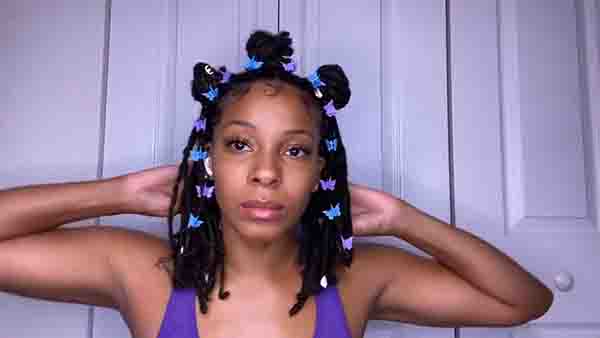
Black women all around the world wear different variations of Bantu knots. Your hair is styled by being divided into pieces, then those sections are twisted around one another to create small knots all over the head.
You can wear this style for up to 2 weeks. You can also wear your curls in as a “Bantu knot out” after taking them out.
4. Natural Flat Twist Style
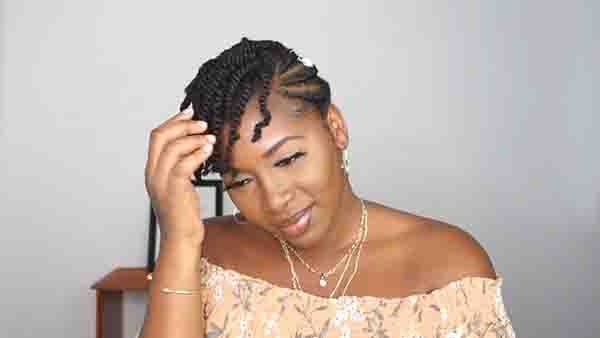
If you want to retain natural texture and moisture, flat twists are perfect for you! It’s a gorgeous hairstyle that you can wear as a “twist out” after undoing.
Take a segment of hair, divide it in half, stretch the two pieces out, and twist the hair from the roots to the ends.
To secure the twists, curl the ends into a twist using your finger. You can apply some hair gel before installing the twists.
5. Wigs
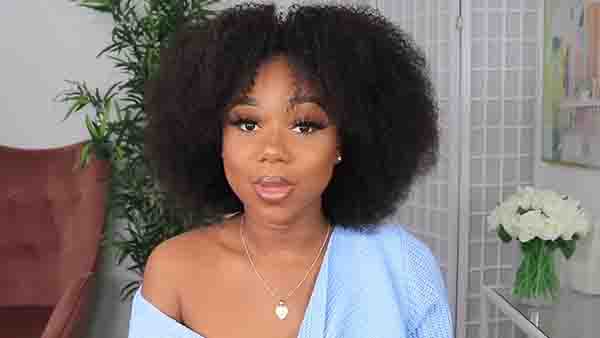
Wigs are a fantastic protective style that requires minimal changes and is very adaptable. You can experiment with a huge variety of cuts and colors. Depending on how frequently you use them, human hair wigs can be costly but can last you over a year.
6. Faux Afro Puffs
Afro puffs are a hairstyle where your hair is put into two or more pony puffs. The puffs are usually quite big and placed on both sides of the hair.
7. Twist Updo
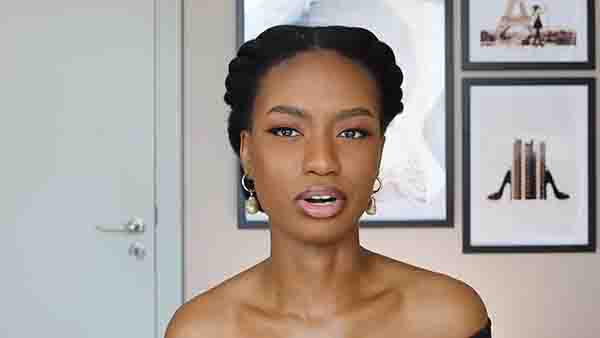
In this hairstyle, your hair is sectioned into small parts and twisted into braids. The braids are then used to form a bun on top of your head. It’s an elegant hairstyle that’s perfect for parties!
8. Havana Twists
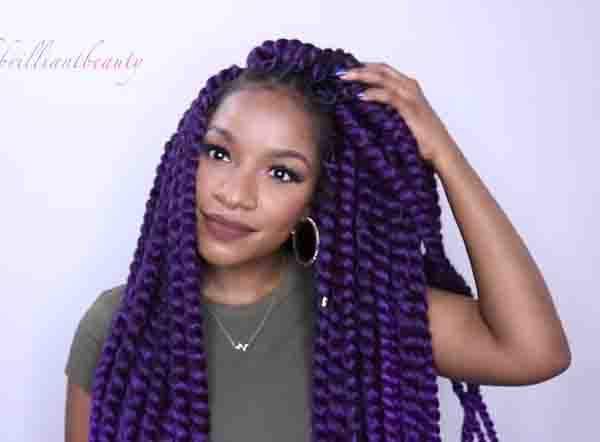
Havana twists are a protective style created by twisting the natural hair and thick Havana extensions together. The result is lighter but voluminous hair. This hairstyle is sure to diversify your appearance!
FAQ
The most non-damaging protective hairstyle is the loose or low manipulation style, such as loose braids, buns, or ponytails. These styles minimize tension on the hair and reduce the risk of breakage.
No, protective styles are not inherently bad for your hair. When done properly and with appropriate care, protective styles can promote hair health by reducing manipulation, friction, and exposure to damaging factors.
When choosing braiding hair, look for options made from natural fibers like kanekalon, marley hair, or human hair. These options are generally considered non-toxic and safe for use in braiding.
Constantly braiding your hair without giving it breaks in between can lead to hair breakage, thinning, and traction alopecia. It’s important to balance protective styling with periods of rest to allow your hair to recover.
Braids can be beneficial for thinning hair if done correctly and with proper care. They can protect fragile hair strands and minimize manipulation, which may help prevent further damage and promote healthy hair growth.
Protective styles that put minimal stress on the edges, such as loose braids or twists, can help promote edge growth. It’s essential to avoid tight styles or excessive tension, which can cause further damage to the edges.
Yes, protective styles can be beneficial for thinning hair. They provide a break from constant manipulation and styling, allowing the hair to rest and potentially recover from damage or breakage.
Braiding can be good for your hair when done properly and with care. It can protect the hair from external factors, reduce manipulation, and minimize friction, promoting healthier hair over time.
It’s generally recommended to keep your hair in a protective style for no longer than 6-8 weeks. Keeping the style for longer periods can lead to tangling, matting, and potential hair damage.
Knotless braids are generally considered less damaging than traditional braids with knots. The technique distributes tension more evenly, reducing the risk of breakage and scalp stress. However, improper installation or excessive tension can still cause damage.
Braids themselves do not slow down hair growth. In fact, they can help protect the hair and minimize breakage, allowing for healthier hair growth. However, excessive tension, tight styles, or improper installation can hinder growth or cause damage.
Braids can be healthy for hair growth when done properly. They protect the hair from environmental damage, reduce manipulation, and allow the hair to retain moisture, which can support healthier hair growth.
For natural hair, braids like box braids, senegalese twists, or cornrows can be good options. These styles provide protection and allow for versatile styling while minimizing tension and damage to the hair.
Knotless braids are generally considered less damaging due to reduced tension, but proper installation and maintenance are crucial for both styles.
The Bottom Line
Protective hairstyles are trendy, sophisticated, and perfect for people with busy schedules. They’ve been a significant part of the Black culture and women all around the globe are loving it!
To retain the natural growth of your hair, it’s essential to know what is the healthiest protective hairstyle. You can try out twist updos, faux afro puffs, Havana twists, or even wigs for convenience! Make sure to look out for any signs of damage and maintain the styles as needed.

